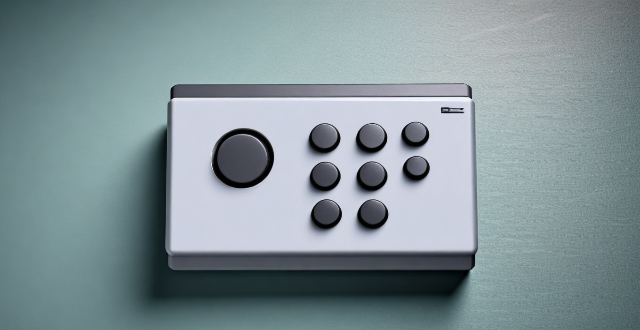Choosing the right speed controller for your application involves considering factors such as the type of control needed, power requirements, performance specifications, compatibility with other system components, and cost-effectiveness. Open-loop systems are simpler and less expensive but less accurate, while closed-loop systems offer higher accuracy at a higher cost and complexity. Power considerations include load inertia, duty cycle, and peak power. Performance factors include accuracy, response time, and stability. Compatibility issues involve motor type, control signals, and mounting options. Lastly, weigh the initial cost against long-term reliability and maintenance expenses to ensure you select a speed controller that meets your needs and budget.

Choosing the Right Speed Controller for Your Application
When it comes to selecting a speed controller for your specific application, there are several factors that you need to consider. Here's a step-by-step guide to help you choose the right one:
1. Determine the Type of Control You Need
There are two main types of speed control systems: Open-loop and Closed-loop. Open-loop systems use a set point to control the speed, while closed-loop systems use feedback from sensors to maintain accuracy.
Open-Loop Systems
- Pros: Simpler, less expensive, and require fewer components.
- Cons: Less accurate and less responsive to changes in load or supply voltage.
Closed-Loop Systems
- Pros: More accurate and better able to handle variations in load or supply voltage.
- Cons: More complex, more expensive, and require additional components like sensors and feedback loops.
2. Consider the Power Requirements
The power requirements of your application will determine the size and type of speed controller you need. Some factors to consider include:
- Load Inertia: The amount of resistance your load presents to changes in speed.
- Duty Cycle: How often your system needs to start and stop.
- Peak Power: The maximum power your system will need at any given time.
3. Evaluate the Performance Requirements
The performance requirements of your application will also play a role in choosing the right speed controller. Some factors to consider include:
- Accuracy: How precise do you need your speed control to be?
- Response Time: How quickly does your system need to respond to changes in speed?
- Stability: How consistent does your speed control need to be over time?
4. Look at Compatibility Issues
Make sure that the speed controller you choose is compatible with the rest of your system. This includes compatibility with:
- Motor Type: Different motors may require different types of controllers.
- Control Signals: Make sure the controller can accept the types of signals your system uses (e.g., digital or analog).
- Mounting Options: Consider where and how you will mount the controller in your system.
5. Consider Cost and Reliability
Finally, consider both the cost and reliability of the speed controller you choose. Look for a controller that offers good value for money and has a reputation for reliability and longevity. Don't forget to factor in maintenance costs and potential downtime when making your decision.